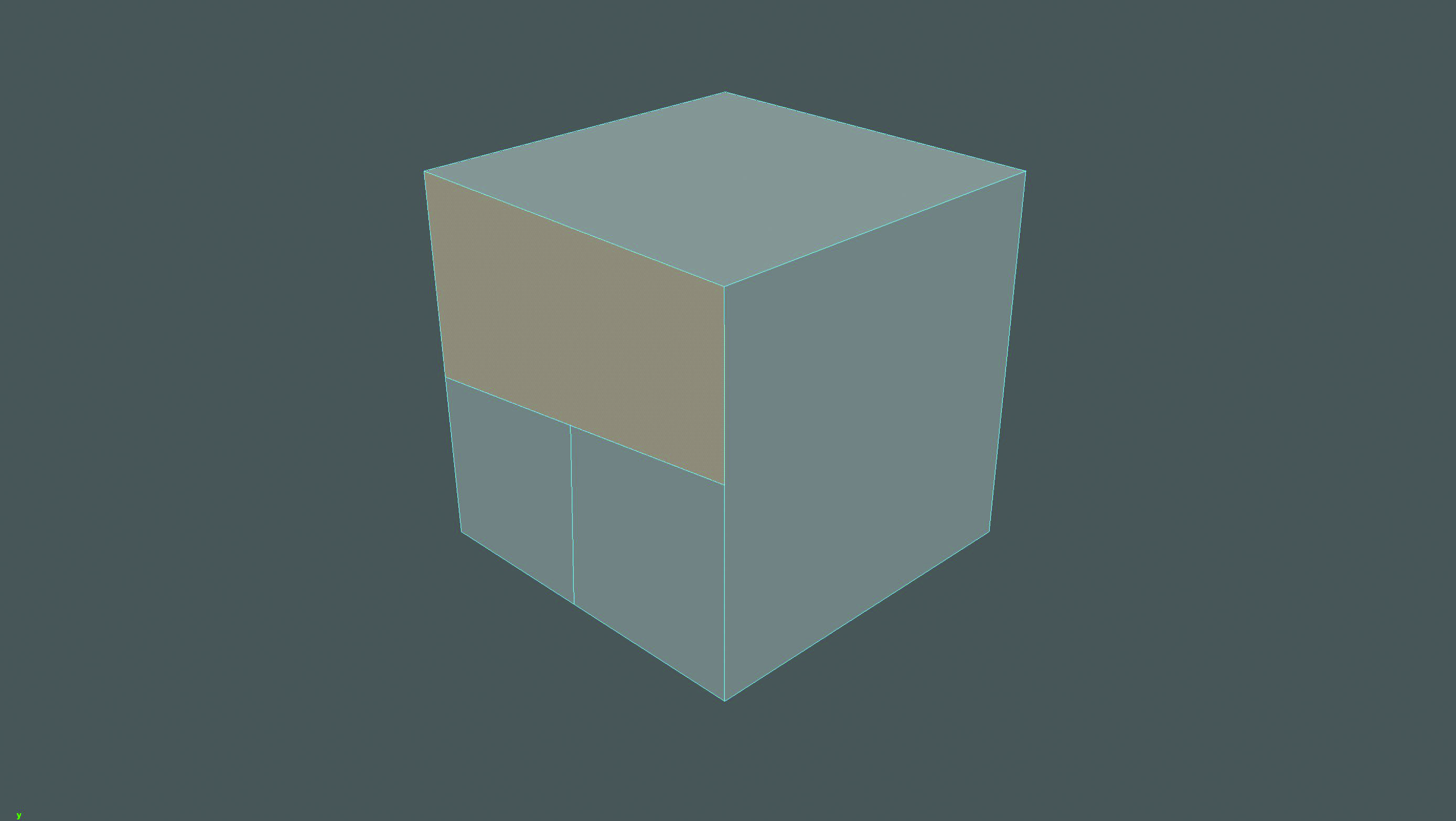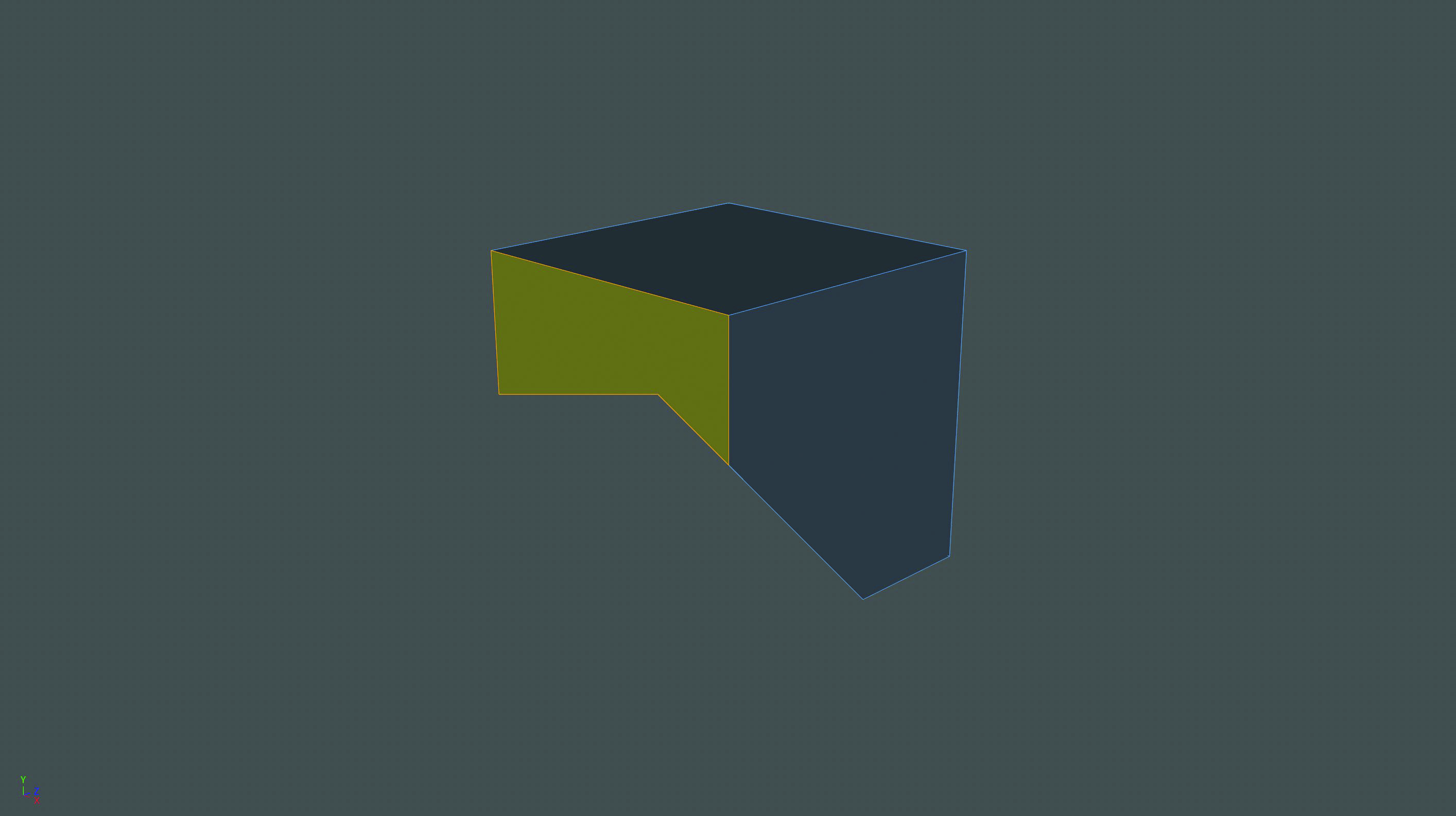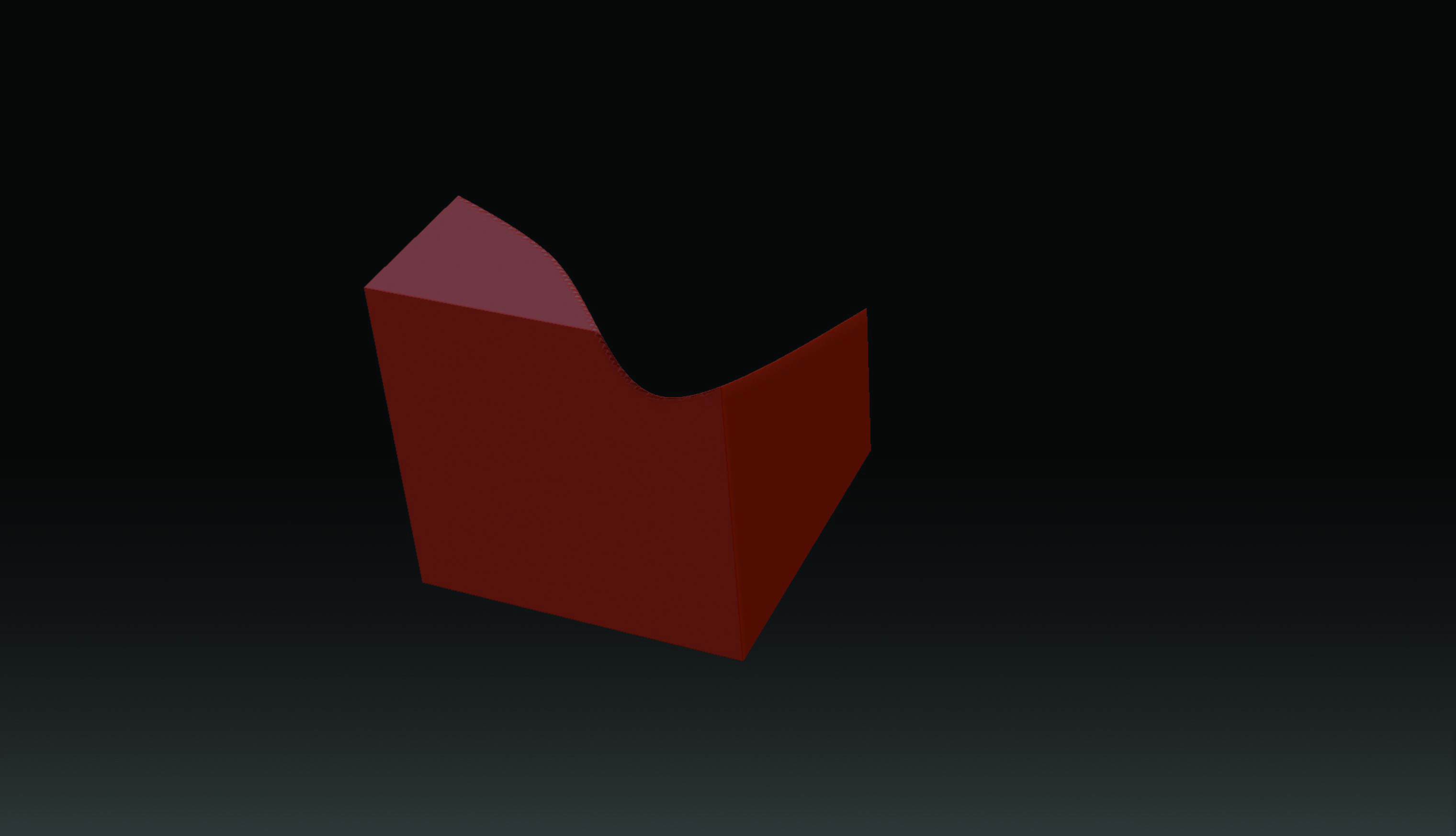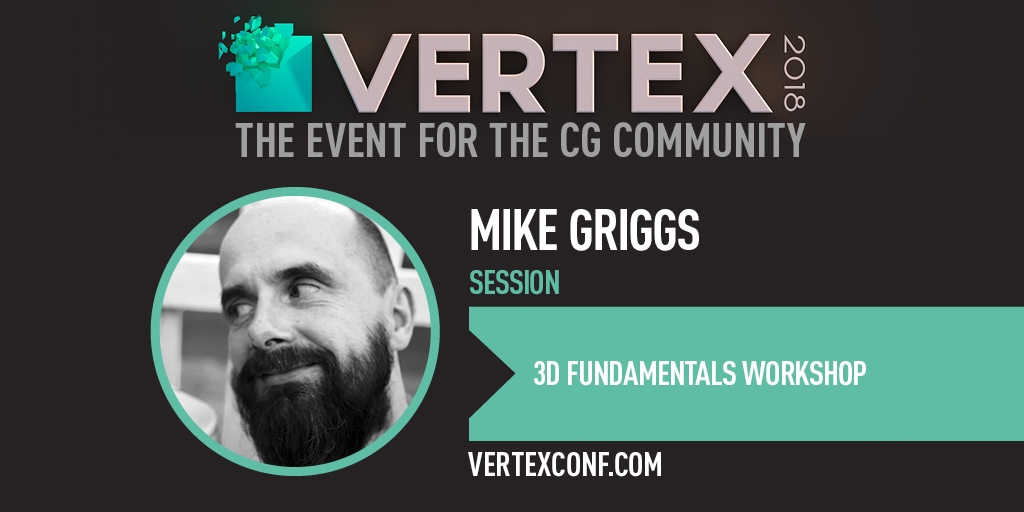Master the knife tool
Vertex speaker and CG expert Mike Griggs shares his knife tool secrets.

Sometimes getting back to the basics is vital to staying on top of your game, as renewing your skills can reinvigorate your passion and you never know, you may just find an option or method you hadn't noticed or tried before.
In 3D World's Essentials column each month, Vertex speaker Mike Griggs delves into the fundamental elements of 3D, which cross the boundaries of application, to reinforce your knowledge and open you up to essential tools that are the bedrock of being a 3D artist.
The Knife tool
It may go by many names: knife, slice or cut to name but a few, but effectively the implementation is the same – it cuts through polygons and edges to either split objects up or to create new boundaries within a mesh from which to create new geometry.
A good slicing tool should enable an artist to cut either in a way that is sympathetic to the existing geometry or has the ability to slice through everything due to a creative decision.
Some cutting tools offer the ability to create gaps when slicing; this can be really useful for all kinds of modelling tasks, especially when the software can cap the open cuts. This is because in most 3D applications meshes are seen as shells rather than being solid; there are some applications that can see meshes as solid, but you’ll find that they are usually limited to CAD and sculpting applications.
Some applications offer the ability to create curved slices, which is useful for creating organic shapes, and if the application has the ability to place images in the viewport as a guide, using a curved knife tool is a great way to match reference.
The other area where a cutting tool can be useful is in defining polygon flow on meshes that are going to be animated, as well as for making sure that n-gons are divided into quads or triangles for model export.
Get the Creative Bloq Newsletter
Daily design news, reviews, how-tos and more, as picked by the editors.
01. A simple Cut

While it may seem easy to just use a slice or knife to cut across a plain mesh, be wary of creating geometry that can cause issues later in the modelling process. The classic example would be creating an n-gon (a polygon with more than four sides) which when subdivided creates a different shape than the one that was expected. The cut tools can be used to divide any problem n-gons into quad or triangular polygons.
02. Split objects

While a knife or slice tool simply cuts through an existing geometry, there may be options in the software to suit your desired workflow. Some applications allow the object to not be directly split, which is useful if the model is being retopologised. Other options enable the choice of removing one of the cut elements, which is handy when creating new meshes as quickly as possible, without the need to delete unwanted elements.
03. Create gaps

Some pieces of software come with the ability to create gaps when cutting a line. This can be a huge time-saver, especially when ‘caps’ are added to fill the ends of the cut, creating new geometry. As ever, you need to be mindful with any technique for adding geometry – make sure it is creating polygons that are flowing correctly for the final use. The knife or slice tool can be used to ‘retopologise’ any potential problem areas back into the desired flow.
04. Curved slices

While most knife or slice tools can offer cuts based on points across a surface, one of the most creative tools available in some applications is a curved slice tool. This function is especially useful in sculpting applications where it is analogous to using a real cutter when working with clay.
Learning how to manipulate the curve is key as every application has a different way of adding intermediate points in the curve.
More from Mike Griggs at Vertex

Mike Griggs will be holding a workshop at Vertex on 3D fundamentals.
But why do we need to learn the fundamentals for 3D when surely the software has become so good that the basics are irrelevant? The truth is that as the tools for CGI have become more powerful it enables one artist to now have the potential skill set of a studio from 10 years ago.
The real world has a lot to teach CG artists; for example learning how a camera works is directly transferable to setting up a shot in 3D, while life drawing is key to sculpting and character animation. A good CG artist should see a computer and its software as just another tool amongst many, which will let their talent shine and enable them to create more and better work.
To book a ticket to Mike Grigg's workshop at Vertex 2018 head over to the Vertex site, where you will find information on all the day's activities, from keynote talks to the panel discussion and recruitment fair.
You may be interested:

Thank you for reading 5 articles this month* Join now for unlimited access
Enjoy your first month for just £1 / $1 / €1
*Read 5 free articles per month without a subscription

Join now for unlimited access
Try first month for just £1 / $1 / €1

Rob Redman is the editor of ImagineFX magazines and former editor of 3D World magazine. Rob has a background in animation, visual effects, and photography.
